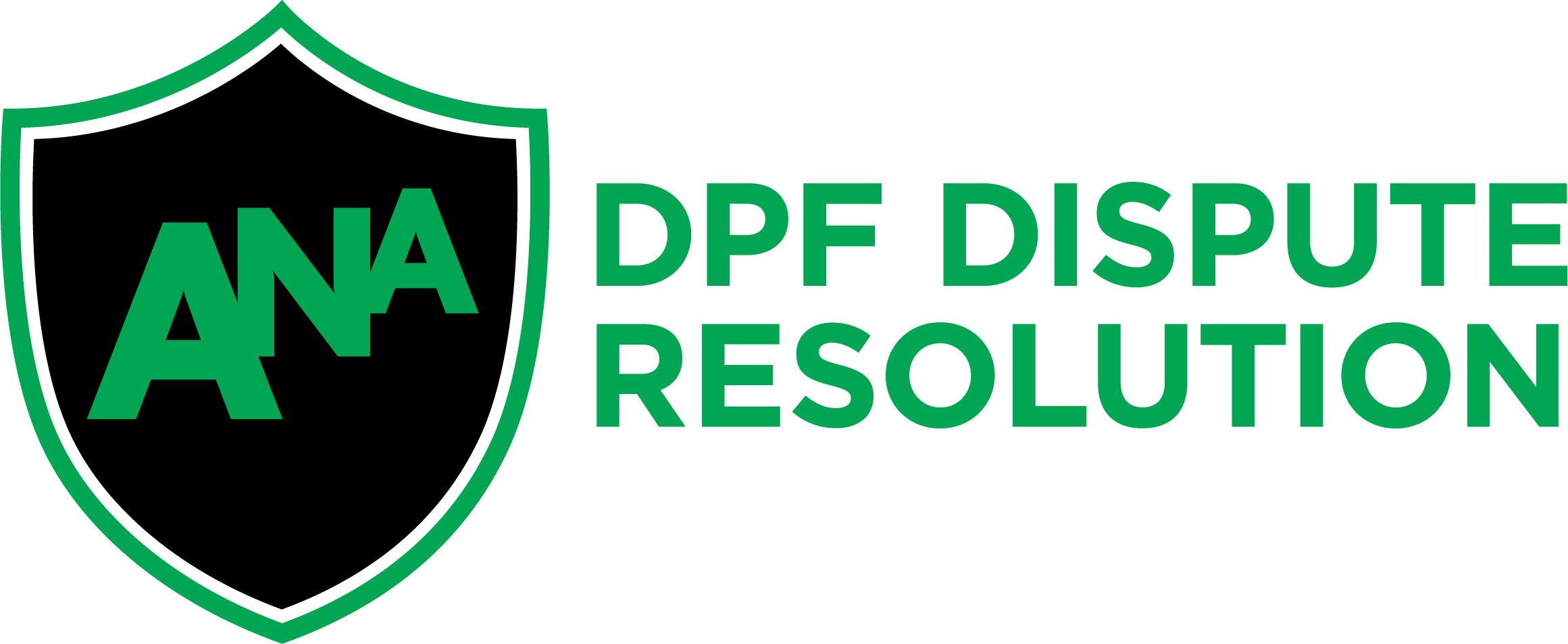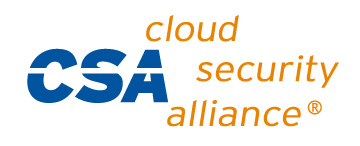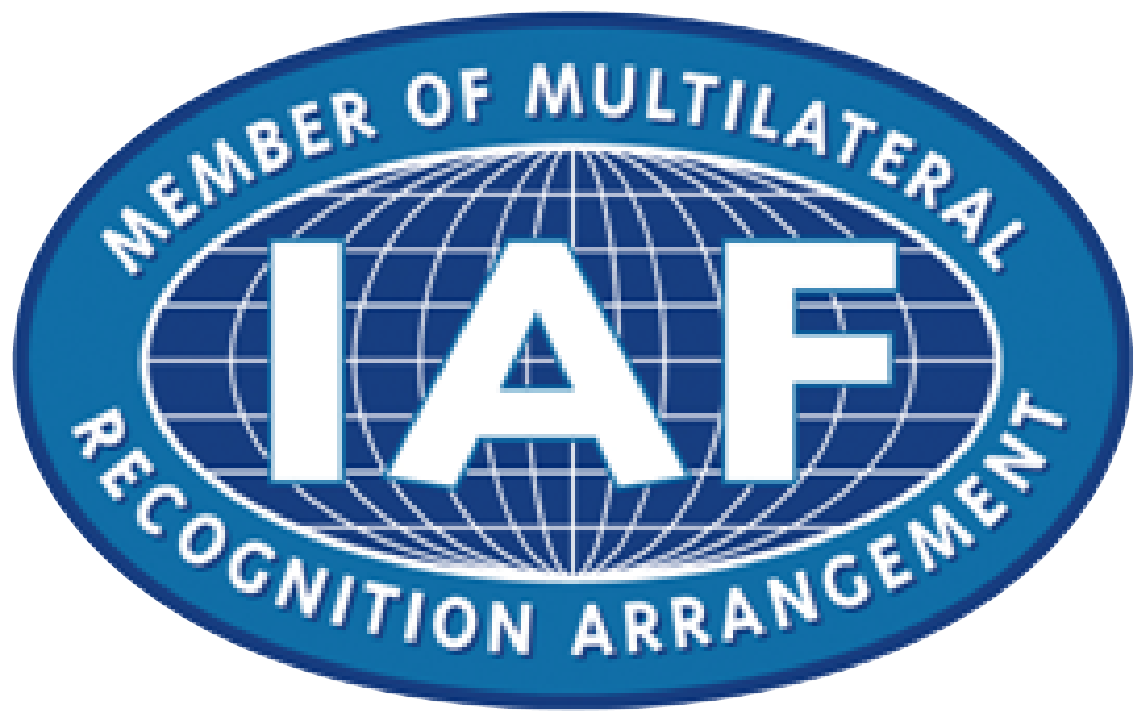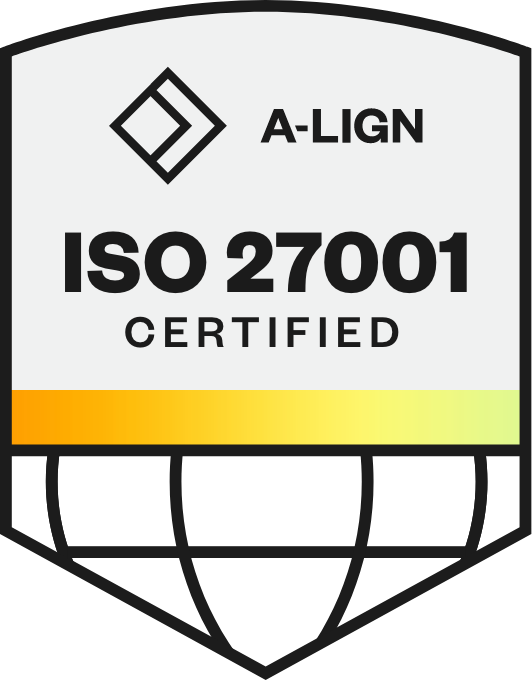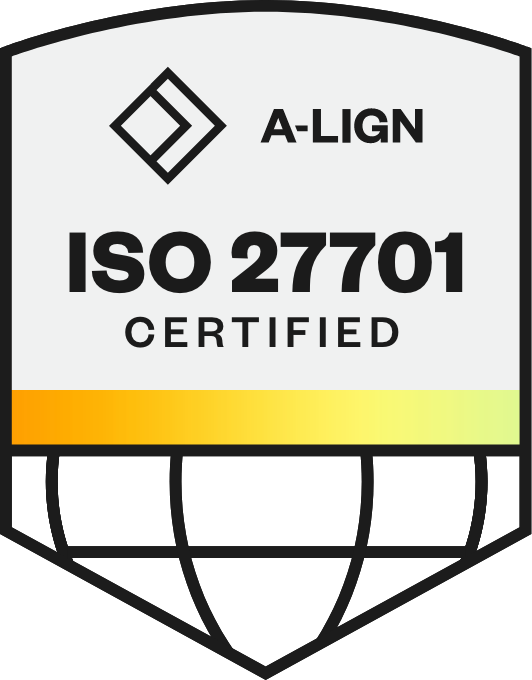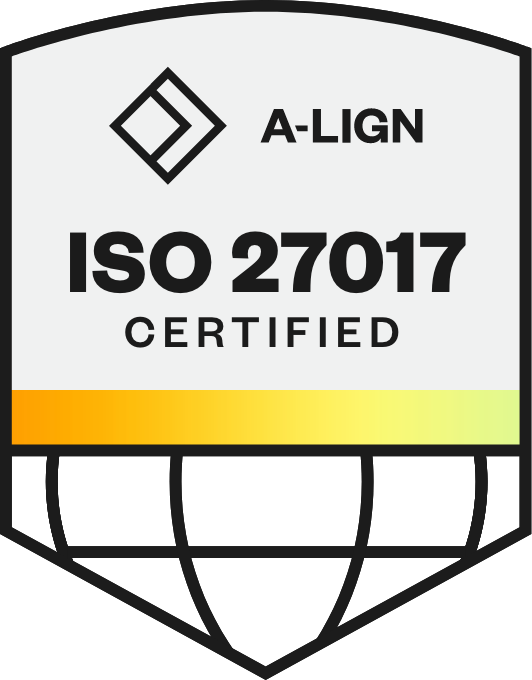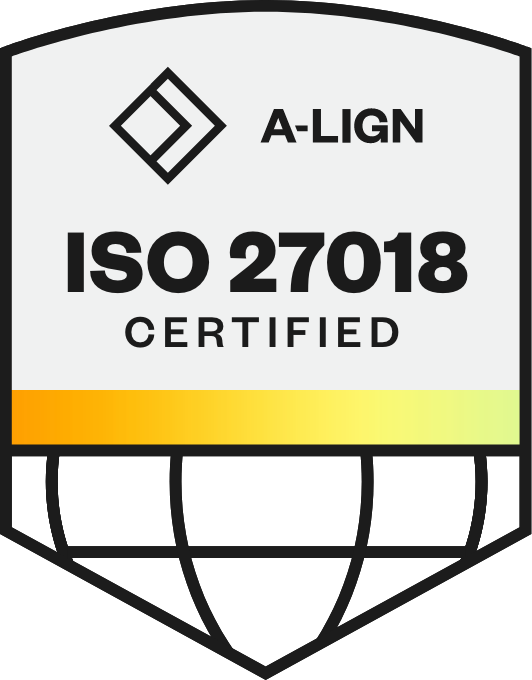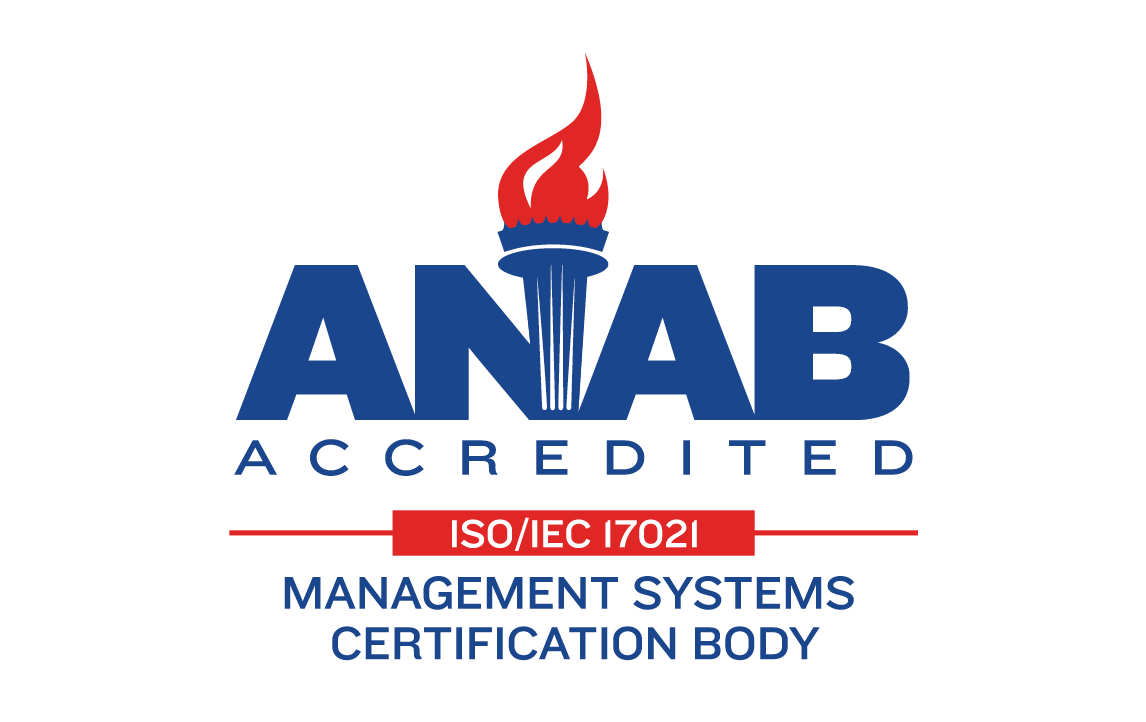
The Ultimate Guide to Talent Sourcing: Strategies for Smarter Hiring
Talent acquisition has evolved significantly beyond traditional hiring methods, with strategic sourcing emerging as a critical differentiator for successful organizations. According to Paychex's 2025 Priorities for Business Leaders study, businesses with proactive recruiters who leverage HR automation and AI-assisted recruiting fill positions faster, reduce costs, and improve hiring efficiency.
Companies are evolving from conventional hiring approaches to innovative, technology-driven methodologies, leveraging AI and data analytics to identify and engage candidates. By refining how they source talent, organizations can enhance hiring efficiency, attract qualified professionals, and maintain a competitive advantage in the dynamic employment landscape.
In this article, we’ll go over the differences between talent sourcing, recruiting, and talent acquisition — plus, the benefits of talent sourcing and actionable strategies to support your hiring efforts.
What Is Talent Sourcing?
Talent sourcing is the proactive, strategic process of identifying and engaging potential candidates to generate a consistent flow of highly skilled applicants. Unlike recruiters who primarily focus on filling current openings, talent sourcers build comprehensive, long-term talent pipelines. The evolution from traditional recruiters to specialized talent managers and sourcing experts highlights the growing significance of this function in contemporary hiring frameworks.
There are a couple of key objectives that are paramount to building a successful talent sourcing strategy:
Identify and engage exceptional talent before roles become available
Establish sustainable talent sourcing strategies to address future hiring requirements, such as skills-based talent acquisition
Minimize time-to-hire through ongoing engagement with passive candidates
We’ll take a closer look at these concepts in the sections that follow.
Talent Sourcing vs. Recruiting vs. Talent Acquisition
While interconnected, these three functions play distinct roles in the talent acquisition ecosystem, each contributing uniquely to building a strong workforce:
Talent Sourcing: A forward-looking approach focused on identifying, attracting, and nurturing potential candidates — especially passive talent — and keeping talent pipelines stocked for jobs you commonly hire. Sourcers build talent pipelines, leverage market research, network with colleagues, and use AI-driven tools to discover and engage top talent proactively.
Recruiting: A more immediate and tactical function that aims to fill active job openings. Recruiters manage the hiring process from screening and interviews to final selection, ensuring candidates meet job-specific criteria and company needs.
Talent Acquisition: A long-term, strategic approach that extends beyond hiring to encompass employer branding, workforce planning, and onboarding. It ensures companies attract, engage, and develop top talent aligned with future business goals.
Understanding these distinctions allows HR teams to seamlessly integrate sourcing, recruiting, and talent acquisition — enhancing efficiency and productivity, reducing time-to-hire, and ensuring a competitive edge in securing top talent.
Related: Onboarding Best Practices: How to Set New Hires Up for Success
5 Benefits of Talent Sourcing
An effective approach to sourcing talent delivers numerous advantages that go beyond just filling roles — it strengthens sourcer productivity, hiring efficiency, talent quality, and long-term workforce stability.
Here are five benefits of talent sourcing:
1. Enhances Quality of Hire
By engaging top talent early before a candidate actively starts job hunting, sourcers create trust and interest. Proactive sourcing enables hiring teams to be selective rather than reactive, ensuring they attract high-caliber talent who meet long-term business needs.
2. Establishes a Future-Ready Talent Pipeline
A well-maintained talent pool ensures organizations consistently have access to qualified candidates when needed. Instead of scrambling to fill urgent openings, businesses with pre-identified talent pools can quickly tap into engaged candidates. This pipeline is especially valuable for roles requiring specialized skills, certifications, or executive positions, where finding the right fit takes time.
Related: Everything You Need to Know to Implement a Corporate Alumni Network
3. Optimizes Time to Hire and Cost Efficiency
Proactive talent sourcing shortens hiring cycles by ensuring recruiters have a pool of pre-vetted candidates ready for immediate consideration. Reducing time-to-hire also translates to lower recruitment costs, as organizations spend less on job ads, sourcing fees, and urgent hiring incentives. A streamlined process means vacant roles are filled faster, minimizing productivity loss and maximizing operational efficiency.
4. Strengthens Workforce Diversity
A strategic approach to sourcing talent enables organizations to attract diverse candidates from various backgrounds, experiences, and geographic locations. By tapping into underrepresented talent pools, companies can mitigate unconscious hiring biases, foster an inclusive workplace, and enhance innovation through diverse perspectives.
Related: Diversity and Inclusion: The Definitive Guide for HR
5. Elevates Employer Brand
Consistent engagement with potential candidates enhances an organization's reputation, positioning it as an employer of choice. By building relationships before job openings arise, companies create a positive candidate experience, even for those not immediately hired. Engaging passive talent through personalized outreach, industry events, and thought leadership content helps increase brand awareness and ensures top professionals consider the company first when seeking new opportunities.
How to Unlock Efficient Talent Sourcing Processes
Efficient talent sourcing requires a strategic approach that combines AI-powered automation, proactive talent pipeline building, advanced search techniques, and data-driven decision-making. By leveraging these methods, sourcers can streamline processes, improve candidate engagement, and fill roles faster with the best-fit talent. Here’s how to do it:
1. Leverage AI and Automation
Use AI-powered sourcing tools to quickly identify and engage top talent, automate outreach, and reduce manual efforts. This helps match candidates to roles based on skills and experience, improving efficiency.
3. Define Hiring Needs & Candidate Profiles
Clearly defining role requirements with hiring managers ensures sourcing efforts target the right candidates. Understanding whether to focus on active job seekers or passive candidates helps tailor outreach strategies for better engagement. This clarity speeds up hiring and reduces mismatches.
2. Identify & Segment Target Talent Pools
Leveraging an internal ATS, past applicants, and a CRM helps re-engage qualified talent, while external sources like LinkedIn and industry-specific platforms broaden reach. Global talent sourcing further diversifies the talent pool, ensuring access to specialized skills across various markets
3. Choose the Right Sourcing Channels
Using a mix of passive sourcing (referrals, networking, and social platforms) and AI-driven tools streamlines candidate pipeline building. AI helps automate sourcing and ranking, while global hiring strategies ensure compliance with international labor laws and cultural expectations.
4. Build & Maintain Candidate Relationships
Personalized communication fosters trust and keeps talent engaged, even before roles open. A strong candidate pipeline allows companies to fill positions faster while strengthening their employer brand. Proactive engagement ensures top candidates stay connected for future opportunities.
5. Track & Optimize Talent Sourcing Efforts
Tracking response rates, time-to-fill, and sourced-to-hire ratios helps fine-tune sourcing strategies. Analyzing data reveals which channels perform best, allowing for more intelligent resource allocation and improved efficiency in finding and securing top talent.
Key Talent Sourcing Strategies for HR Professionals
A scattered approach to talent sourcing leads to missed opportunities. Companies that treat sourcing as a strategic function, rather than a reactive one, see effective hiring outcomes. According to Korn Ferry, organizations that blend data-driven insights with personalized strategies are better positioned to retain top talent and achieve lasting business impact. The following approaches ensure a structured and efficient hiring process.
Proactive Talent Pipeline Development
Waiting until a position opens often leads to rushed hiring and limited candidate options. By cultivating a talent pool of silver medalists, warm leads, alumni, and top potential candidates, your teams can tap into a pipeline of qualified individuals — reducing the need to post open roles externally.
This type of proactive approach ensures a steady flow of pre-qualified candidates, reducing hiring time and improving long-term workforce planning. Internal databases such as ATS and CRMs help track past applicants, hires, and engaged prospects, making it easier to nurture relationships over time. AI-driven platforms can automate sourcing workflows and surface ideal matches for any type of role.
Passive Candidate Sourcing
Top talent isn’t always actively job hunting. Passive candidates — those open to opportunities but not actively applying — often bring highly sought-after skills and experience. Platforms like LinkedIn, industry forums, and alumni networks are invaluable for identifying these professionals. By using AI to analyze key factors like location, skills, and experience, sourcers can identify top candidates even when their job titles don’t perfectly match the search criteria. This intelligent sourcing approach uncovers hidden talent that might otherwise be missed.
Global Talent Sourcing: Expanding Beyond Local Markets
Companies looking for highly specialized skills or diverse perspectives can’t afford to limit hiring to a single region. Global talent sourcing provides access to a broader talent pool, but it comes with additional challenges. AI-driven global TA platforms can navigate regulatory requirements, suggest competitive compensation packages based on location, and help recruiters manage time zone differences through automated scheduling tools. Sourcing platforms like LinkedIn, Indeed, and Glassdoor provide country-specific insights to refine international hiring strategies.
Related: How Circle K Integrated Their HR Tech and Aligned with Company Goals
AI in Talent Sourcing: How Technology is Changing the Game
When sourcing with AI, it isn’t just about automation — it’s about precision and efficiency. AI-powered sourcing tools help analyze thousands of candidate profiles in seconds, flagging top matches based on skills, experience, location, job title, and more. These tools also enhance candidate engagement by automating outreach, screening, and scheduling interviews. However, AI is most effective when paired with human judgment.
Leveraging Employee Referrals and Social Media
Referrals remain one of the most reliable ways to find top talent and the goal is for employees to refer candidates who align with company culture and job expectations. AI-powered referral platforms can simplify the process, automatically matching employees' networks with open roles and encouraging participation with reward tracking systems. Social media sourcing on LinkedIn, X, and virtual career fairs also broadens reach, with AI-driven tools helping recruiters analyze engagement patterns and target the right talent.
Frequently Asked Questions About Talent Sourcing
1. What distinguishes recruiting from talent sourcing?
Talent sourcing focuses on identifying and engaging potential candidates, while recruiting involves evaluating and hiring candidates for current openings.
2. How can talent acquisition teams balance automation with personalization in sourcing?
By implementing AI in talent sourcing for initial candidate discovery while maintaining human interaction through customized outreach strategies.
3. What are effective approaches for engaging passive candidates?
Through professional networking, social media engagement, and tailored passive candidate sourcing strategies.
4. Why is talent sourcing essential for organizational hiring strategy?
It ensures a consistent pipeline of qualified candidates, reducing hiring timelines and enhancing overall workforce planning.
Optimizing Your Talent Sourcing Approach
The talent marketplace has fundamentally transformed, demanding innovative sourcing approaches that go beyond posting jobs and hoping for the best. Throughout this guide, we've explored talent sourcing strategies that turn reactive hiring into proactive talent discovery. By embracing AI-powered solutions, nurturing relationships with passive candidates, and casting a wider global net, you'll build not just a workforce, but a competitive advantage that propels your organization forward.
Discover how to identify emerging skills, attract exceptional candidates, and maintain leadership in the evolving employment market with our State of Skills: Market Data Report.
Devi is a content marketing writer who is passionate about crafting content that informs and engages. Outside of work, you'll find her watching films or listening to NFAK.
Get the latest talent experience insights delivered to your inbox.
Sign up to the Phenom email list for weekly updates!



